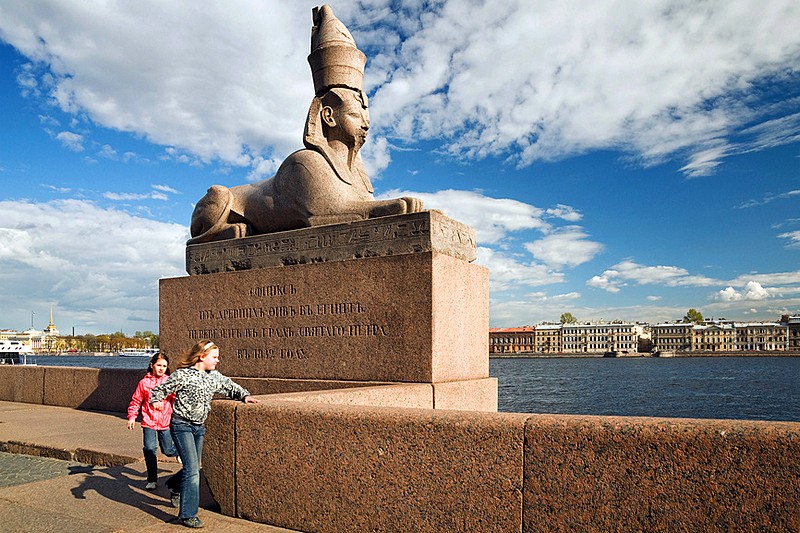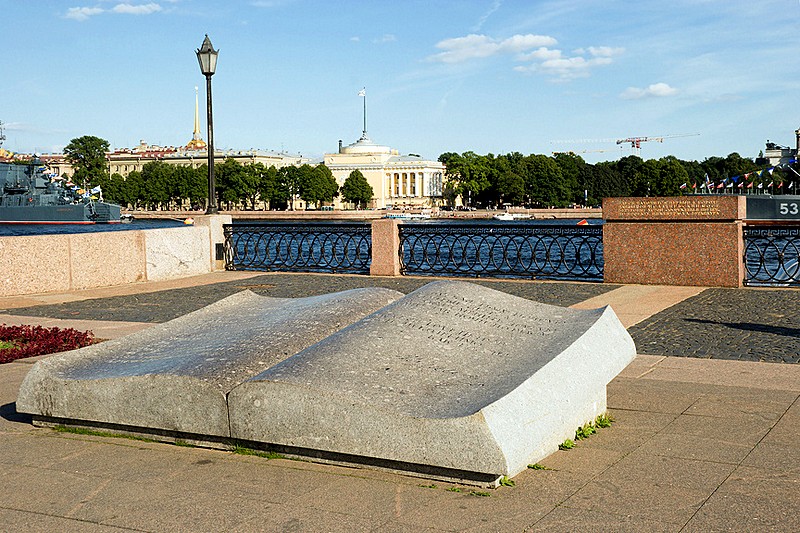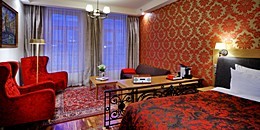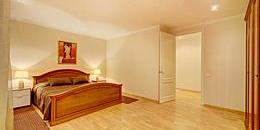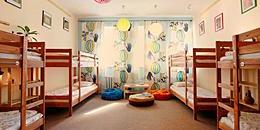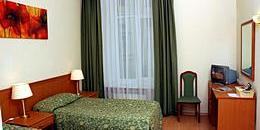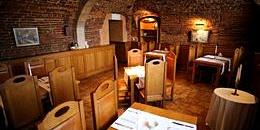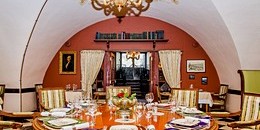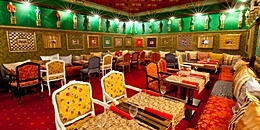Universitetskaya Naberezhnaya (University Embankment)
The architectural ensemble on the University Embankment is rightly recognized as one of the most beautiful in St. Petersburg. On the waterfront, there are magnificent views of the opposite bank of the Neva, the Admiralty, the English Embankment, the dome of St. Isaac's Cathedral, and the landmark monument to Peter the Great, the Bronze Horseman. The construction of the embankment had a powerful influence on later architectural constructions of the 18th century.

The first buildings appeared here soon after the founding of St. Petersburg. There is the palace of Prince Alexander Menshikov, the first stone apartment building in St. Petersburg, and the Palace of Peter II, now owned by St. Petersburg State University. Shortly after this, the Kunstkammer - the first public museum in Russian history, the building of which now houses the Museum of Anthropology and Ethnography of the Peoples of the World - was built on the embankment. The Twelve Colleges building was the idea of Peter I and was supposed to be the main administrative building of the Russian empire. However, for the past two centuries it has been the main building of St. Petersburg State University. Nearby at the Blagoveshchensky (Annunciation) Bridge, Domenico Trezzini, the first architect of Petersburg, built his own house. By the end of the 18th century the waterfront ensemble also included the Academy of Arts by Jean-Baptiste Vallin de la Mothe and the Academy of Sciences by Giacomo Quarenghi.

At the beginning of the 19th century, the Southern Warehouse of the Stock Exchange was built on the waterfront and became part of the ensemble of the Spit of Vasilievsky Island. Today in the warehouse the rich collection of the Zoological Museum is exhibited. At the same time, University Embankment was reinforced with granite and a pier was built in front of the Academy of Arts. Its architect, Konstantin Ton, wanted the pier to be decorated with bronze horses like those designed by Baron Peter Klodt on the Anichkov Bridge. However, after long discussion, authentic Egyptian sphinx sculptures were installed here. The landmark site of the embankment became the Rumyantsev Garden. An obelisk moved from the Field of Mars and dedicated to General Field Marshal Pyotr Rumyantsev and his glorious victories over the Turks in the years 1768-1774 stands here.
From 1840-1842, the Rector's House on the waterfront was used for the needs of St. Petersburg University. In 1880, this house, built by Apollon Schedrin, was the birthplace of the great poet Alexander Blok.
Today University Embankment is constantly filled with tourists and students. Meteor hydrofoils to Peterhof sail from here, along with numerous other pleasure boats. There are also popular restaurants on some of the docked ships, while traffic hurries across Palace Bridge and past the Spit of Vasilievsky Island.
| Metro stations: | Vasilieostrovskaya, Admiralteyskaya |
|---|---|
| Directions: | Exit Vasilieostrovskaya metro station, turn left and walk on Eighth Line (Vosmaya Liniya) in towards the Neva River, then turn left at Lieutenant Schmidt Embankment.
From Admiralteyskaya, turn left out of the metro and then right to reach Nevsky Prospekt. Turn right and follow the road round onto Palace Square. Cross Palace Bridge to reach Univesitetskaya Naberezhnaya. |
| Best walking route: | All along the embankment (about 1 hour) |
| What's here? | Academy of Sciences, Academy of Arts, Twelve Colleges building, Zoological Museum, Cadet Corps, Kunstkammer, Menshikov Palace, Palace of Peter II, Rumyantsev Garden, Sphinxes, Monument to Mikhail Lomonosov |
| What's nearby? | Bolshaya Neva, Ploshchad Trezzini, Annunciation Bridge, Mendeleevskaya Line, Palace Bridge, Brizhevaya Ploshchad |


